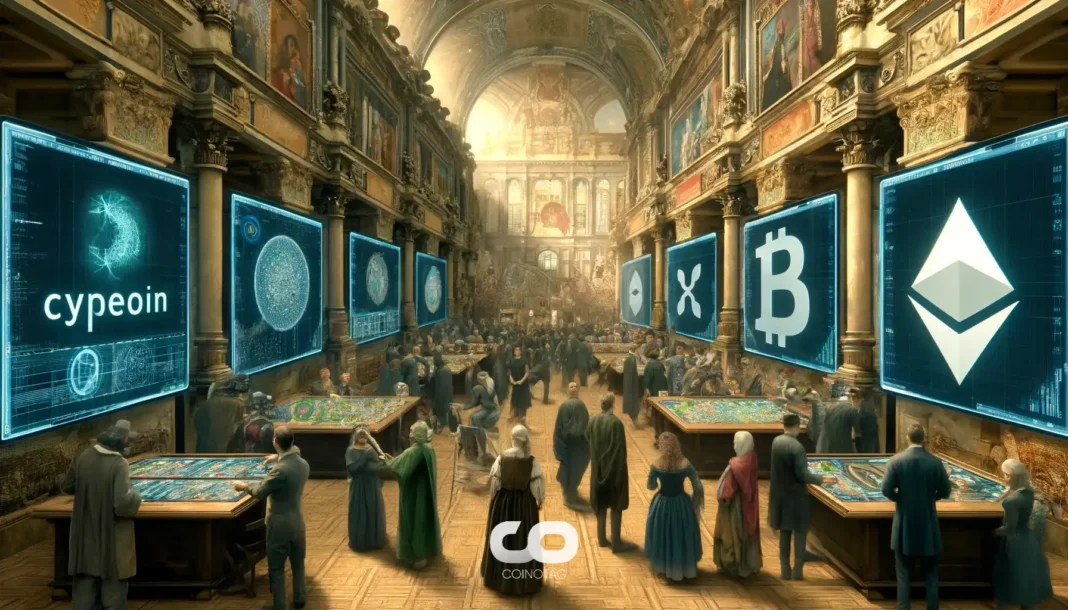-
Bitcoin’s early miners, known as the ‘Satoshi era’ cohort, have exhibited remarkable restraint by selling only a minimal amount of BTC amid 2025’s bullish market surge.
-
This conservative selling behavior underscores a strategic long-term outlook, contributing to enhanced market stability and reduced volatility during peak price periods.
-
According to COINOTAG, “The limited BTC liquidation by foundational miners signals enduring confidence in Bitcoin’s future valuation and maturity as a digital asset.”
Bitcoin’s ‘Satoshi era’ miners sell just 150 BTC in 2025, reflecting strong market confidence and fostering price stability amid bullish trends.
Impact of ‘Satoshi Era’ Miners’ Selling Restraint on Bitcoin Market Stability
The restrained selling activity from Bitcoin’s earliest miners—often dubbed the ‘Satoshi era’—has significant implications for the cryptocurrency’s market dynamics. Despite favorable market conditions in 2025, these miners have offloaded only about 150 BTC, a negligible volume relative to their total holdings. This frugality in selling reduces the risk of sudden supply shocks that could trigger price volatility. By maintaining their positions, these miners contribute to a more orderly market environment, which is crucial for sustaining investor confidence and encouraging steady capital inflows.
Long-Term Bullish Sentiment Driving Minimal BTC Liquidation
The minimal BTC sales from early miners highlight a pronounced belief in Bitcoin’s long-term value appreciation. These miners, who were among the first to validate and secure the network, appear to be adopting a strategic holding pattern rather than capitalizing on short-term price spikes. This behavior aligns with a broader trend of institutional and retail investors increasingly viewing Bitcoin as a store of value and hedge against macroeconomic uncertainties. As a result, the market benefits from reduced selling pressure, which can otherwise lead to erratic price swings.
Market and Investor Reactions to Early Miner Selling Patterns
Market analysts have taken note of the ‘Satoshi era’ miners’ disciplined approach, interpreting it as a signal of market maturation. The conservative selling stance is expected to facilitate a more gradual and sustainable price appreciation trajectory, contrasting with the volatility often observed during mass sell-offs. Moreover, this pattern may influence other cryptocurrency sectors, including Ethereum and prominent altcoins, encouraging holders to adopt similar long-term holding strategies. Such behavior could foster a more resilient crypto ecosystem, better equipped to withstand external shocks.
Institutional Interest Bolstered by Early Miner Confidence
The steadfastness of foundational miners reinforces the perception of blockchain assets as credible and stable investment vehicles. Institutional investors, who prioritize risk management and market stability, are likely to interpret this selling restraint as a positive indicator. Consequently, this could catalyze increased capital allocation from hedge funds, family offices, and pension funds into the crypto space. Enhanced institutional participation typically brings improved liquidity and regulatory clarity, further supporting the market’s evolution toward mainstream acceptance.
Broader Implications for Cryptocurrency Market Development
The selling patterns of ‘Satoshi era’ miners not only affect Bitcoin but also set a precedent for the broader cryptocurrency market. Their cautious approach reflects a maturation phase where market participants prioritize sustainability over speculative gains. This shift is essential for the long-term viability of digital assets, as it encourages responsible investment practices and reduces susceptibility to manipulation. As regulatory frameworks continue to evolve, the behavior of these early adopters will likely influence policy discussions and investor sentiment alike.
Future Outlook: Stability and Growth in Crypto Markets
Looking ahead, the disciplined selling habits of early Bitcoin miners may serve as a stabilizing force amid ongoing market fluctuations. Their actions suggest confidence in Bitcoin’s fundamental value proposition and its role within the global financial system. For investors and stakeholders, this translates into a more predictable market environment conducive to strategic planning and risk assessment. While regulatory uncertainties persist, the demonstrated patience and conviction of these miners provide a foundation for sustained growth and innovation in the cryptocurrency sector.
Conclusion
The minimal BTC liquidation by ‘Satoshi era’ miners amid 2025’s bullish market underscores their enduring confidence in Bitcoin’s future. This prudent selling behavior enhances market stability, encourages institutional participation, and signals a maturing crypto ecosystem. As the industry navigates regulatory and economic challenges, the early miners’ approach offers valuable insights into sustainable investment strategies and the evolving narrative of digital assets.







